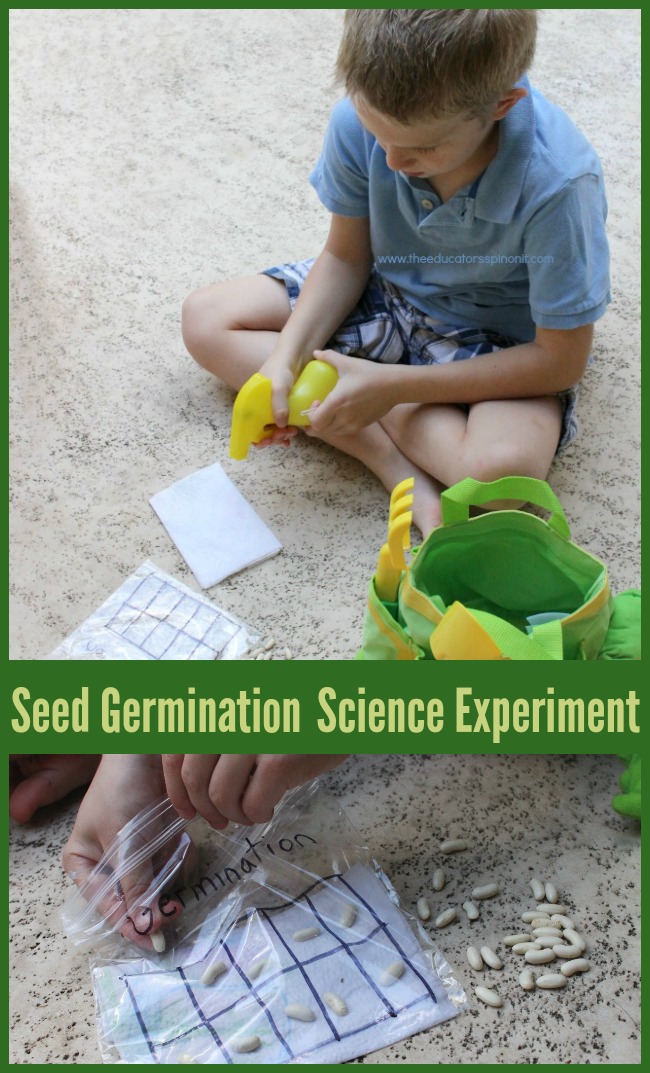
The intense heat can burn its leaves and potentially destroy your crop. Too much light can also hurt your cannabis plant if you place your grow lights too close to it. Can a weed plant get too much light?Īlthough marijuana plants love light and need it for their growth and development, too much light is not recommended in some cases.įor example, while an 18/6 marijuana lighting schedule during the vegetative stage can boost your plant’s growth, giving it 24 hours of light may cause it to develop too quickly. When should I change my light cycle to 12-12?Īs cannabis plants switch from vegetative mode to flowering when there are more dark hours than light, you should set your weed light cycle to 12/12 when you want your plant to start producing buds. If you have specific questions about marijuana lighting cycles, the following section may have the answers you want.Īlternatively, you may get in touch with us if you have additional inquiries. If there’s not enough sunlight for your chosen marijuana light schedule, you may use grow LED lights for cannabis to make up for the lost hours.įAQs related to light cycles for growing weed Alternatively, you can decide on a light cycle that you think will give you the results you desire. It’s best to leave it to nature if you cultivate outdoors. We suggest you experiment with the various weed light cycles and choose the one that meets your requirements. Some cultivators stick to the 12/12 cycle, which triggers flowering in photoperiods to save energy costs, but this schedule produces smaller buds than the 18/6 and 24/0. Growers have also seen excellent results when giving their crop 24 hours of light. The 18/6 flowering light cycle is the optimum schedule to implement. As such, if you want a robust plant and better yield, give it lots of light.

You should be aware that autos are typically smaller than photoperiods because of their shorter vegetative stage. So, it’s not critical to have an autoflower light schedule if you cultivate these strains. They don’t depend on any light cycle for weed to signal them when to bloom. Marijuana cultivars that are autoflowers will begin producing buds when they attain a certain maturity point. In late June, the shorter days and longer dark hours will cause your cannabis plant to flower, and within weeks, you�’ll be able to harvest beautiful nugs. The flowering light cycle begins automatically when fall approaches. There’s very little to do except to let nature take over. Some strains have a shorter flowering period. Using this 12/12 cycle, you can expect your plant to start bud production for 8–12 weeks. Set the timer for your grow lights to switch off and on every 12 hours. When growing indoors, you can nudge your plant to begin budding by changing the weed light cycle, mimicking the change in seasons. As summer moves into fall, the days get shorter, and there are more dark hours, signaling cannabis plants to start flowering. In nature, this phenomenon occurs when seasons change. The flowering light cycle refers to the amount of darkness that stimulates marijuana plants to transition from vegetating to producing buds. So, be sure that your plant will get at least 18 hours of sunlight if you cultivate outside.Īlternatively, you can keep it indoors under grow lights until the climate is suitable before moving it outside. The marijuana light schedule for outdoor plants is based on the available number of hours of daylight. However, this schedule may cause your crop to develop too fast.Ĭannabis in veg stage under LED lights Outdoor If you want larger plants, you can switch to a 24/0 marijuana light schedule, giving continuous light throughout the day. That’s how long you should keep your grow light switched on every day. The minimum amount of light to encourage healthy growth is 18 hours. More light means larger plants.īy manipulating the cannabis light cycle and giving your crop more light during this period, you’re helping it grow better and potentially increasing its future yield. The first phase is when your plant focuses on growing bigger and taller, and the amount of light it gets directly corresponds with the size it grows to. There are two weed plant stages where light is critical, namely:

Knowing when to apply the schedules also matters. Your cannabis plant needs light to thrive, and using optimal marijuana lighting cycles will maximize the quality and quantity of your harvest.


Why marijuana lighting cycles help you get bigger yields


 0 kommentar(er)
0 kommentar(er)
